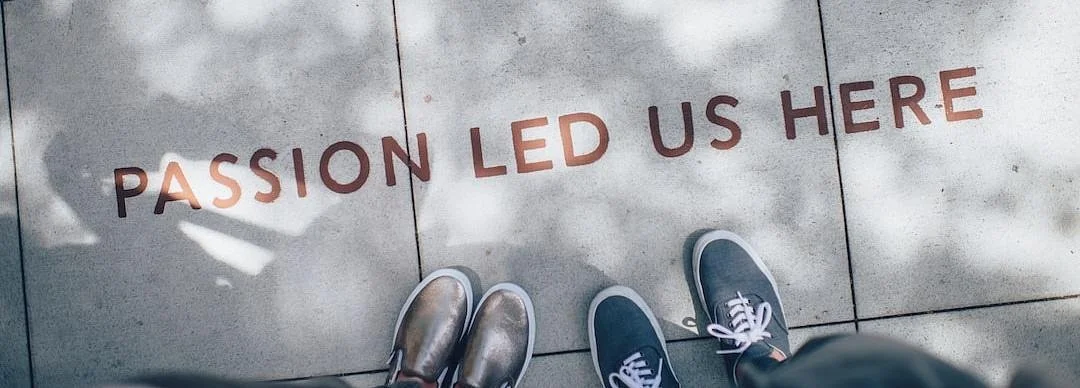Socially engaged art in the 1990s and beyond
By Michael G. Birchall
“The shifts in socially engaged art, to more radical ideas of socially engaged art, share a long history with new genre public art and site-specific art; these practices are largely overlooked in the period, as we focus our attention to the socially engaged models.
However, in this text I attempt to discuss the legacy of site-specific exhibitions since the 1990s. It is during this period where we first see a tendency towards the site in exhibitions, which then becomes a standard practice later on. As early as 1973, while discussing site specificity, Daniel Buren proclaimed:
Whether the place in which the work is shown imprints and marks this work, whatever it may be, or whether the work itself is directly—consciously or not—produced for the Museum, any work presented in that framework, if it does not explicitly examine the influence of the framework upon itself, falls into the illusion of self-sufficiency—or idealism.”
More so than the museum, the site comes to encompass several interrelated but different spaces and economies, including the studio, gallery, museum, art history, and the art market. All of these nodes constitute a system of practices that is not separate from, but open to, social, economic, and political pressures. To be site-specific is to decide or recode the conventional conventions and to expose their hidden operations, to reveal the ways in which institutions shape art’s meaning to challenge its cultural and economic value.
The new public art that came into the spotlight in the 1990s was a new practice; the application of the genre of public art made digestible some sort of art known under more specific labels, such as feminist performance. Curator Mary Jane Jacob, who was writing in the 1990s, notes that the increase in activity around public art that addresses social issues was dramatic. I define the 1990s as being an important point in the shift of socially engaged art, with major exhibitions such as Culture in Action in Chicago, Sonsbeek 93 in the Netherlands, as well as Project Unité in France. These exhibitions acted as a precursor to what is now known as socially engaged art—and what has become expected from biennials, exhibitions, and art fairs around the world. A curator invites a group of artists to generate work within a specific locale. What emerged in the 1990s was a trend or a renewed interest in socially engaged art and the political exhibition. Exhibitions from this period frame a range of art practices, as Claire Bishop notes: “The curatorial framework is tighter and stronger than the projects by individual artists, which are open-ended, unframed, and moreover made in response to a curatorial proposition.” It is in these propositions where we see the turn towards the social emerge in the exhibition format of the 1990s and indeed beyond into contemporary biennial production…”
More information:
Read the full article here: http://www.on-curating.org/issue-25-reader/socially-engaged-art-in-the-1990s-and-beyond.html#.XVphCy2ZPMI



